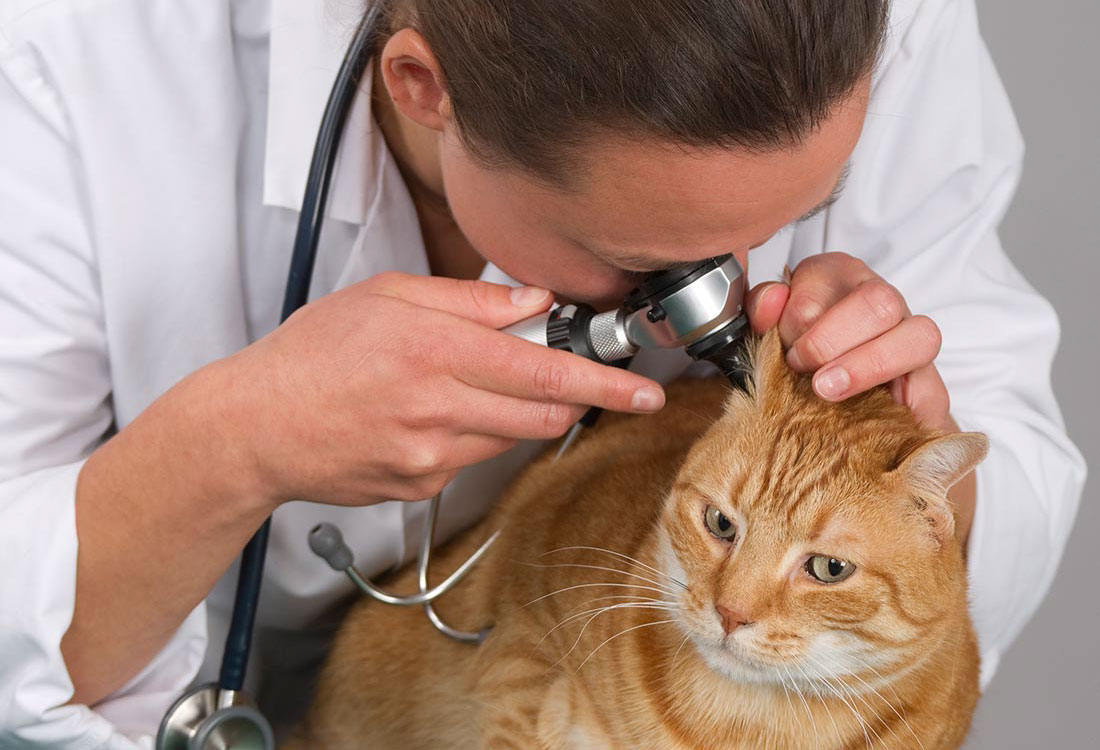As a devoted pet owner, it’s essential to be vigilant about your furry friend’s health. Early detection of illness can significantly improve the effectiveness of treatment and can even save lives. Understanding the subtle signs that your pet may be unwell is crucial for ensuring their well-being. Here are some key indicators to watch for:
1. Changes in Appetite
One of the first signs that something may be wrong is a change in your pet’s eating habits. If your pet suddenly loses interest in their food or begins to eat significantly more than usual, it could indicate an underlying health issue. Weight loss or gain can also be a red flag that requires further investigation.
2. Behavioral Changes
Pay attention to any changes in your pet’s behavior. Is your once-active dog now lethargic and uninterested in play? Is your cat hiding more than usual? Changes in behavior can signal discomfort, pain, or illness. Increased aggression, anxiety, or withdrawal are also concerning signs.
3. Abnormal Drinking Habits
Monitor your pet’s water intake. Increased thirst can indicate diabetes or kidney problems, while decreased thirst may point to dental issues or other health concerns. Keeping track of their hydration habits is essential for identifying potential health problems.
4. Unusual Bathroom Habits
Changes in bathroom habits can also be indicators of health issues. Look for signs of diarrhea, constipation, or changes in urination frequency. If your pet has accidents in the house or is straining to urinate, it may require prompt veterinary attention.
5. Vomiting or Coughing
Occasional vomiting or coughing may not be alarming, but if it becomes frequent or is accompanied by other symptoms, it could indicate a more serious condition. Persistent coughing, especially in dogs, can be a sign of respiratory issues, while repeated vomiting may suggest gastrointestinal problems.
6. Changes in Coat Condition
A healthy pet typically has a shiny, clean coat. If you notice excessive shedding, bald patches, or a dull and greasy appearance, it could signal allergies, skin infections, or other health issues. Regular grooming can help you monitor your pet’s coat condition.
7. Bad Breath
While some pet owners may dismiss bad breath as a common issue, it can often be a sign of dental disease or other health problems. Regular dental care, including brushing your pet’s teeth and providing dental treats, can help prevent oral issues.
8. Unusual Sounds
Be attentive to any unusual sounds your pet makes, such as whining, yelping, or excessive scratching. These noises may indicate pain, discomfort, or distress. Changes in vocalization can be a signal that something is amiss.
9. Swelling or Lumps
Check your pet regularly for any unusual lumps or swelling. While some growths may be harmless, others can be cancerous or indicative of other serious conditions. If you discover a new lump or notice any swelling, consult your veterinarian.
10. Regular Veterinary Check-Ups
Lastly, regular check-ups with your veterinarian are key to your pet’s health. Routine exams can help identify potential issues before they become serious, and your vet can provide guidance on what signs to watch for based on your pet’s specific health needs.
Conclusion
Being proactive about your pet’s health can lead to early detection and treatment of illnesses, resulting in better outcomes and a longer, happier life. Familiarize yourself with your pet’s normal behavior and health so you can quickly identify any changes. If you notice any concerning signs, don’t hesitate to contact your veterinarian for advice. Your vigilance and care can make all the difference in your pet’s well-being!









